Hello, this is Conservario.
Do you know what a barre chord is?
It refers to a chord where a single finger, usually the index finger, presses down multiple strings.
It is also called "ceja" or "barre."
Since many people find barre chords challenging, here are some tips to help you play them.
There are various ways to think about and play barre chords, but beginners should keep it simple.
I'll explain in the clearest and simplest way possible.
Barre chords can be broadly divided into four shapes:
1. E shape
2. Em shape
3. A shape
4. Am shape
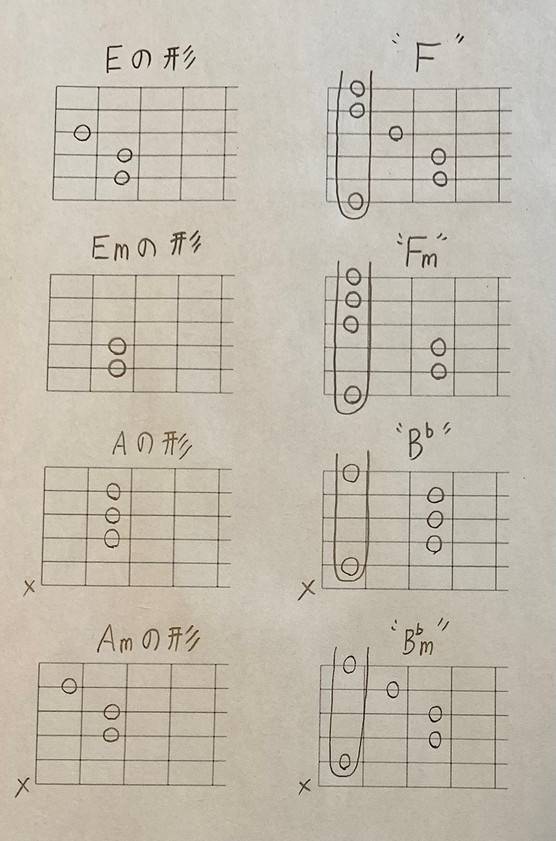
If you start thinking about detailed tensions, it can get overwhelming, so for now, just focus on these four shapes.
Once you master these four, other barre chords will become much easier to play.
Now, let's take a look at each shape one by one.
■ E Shape
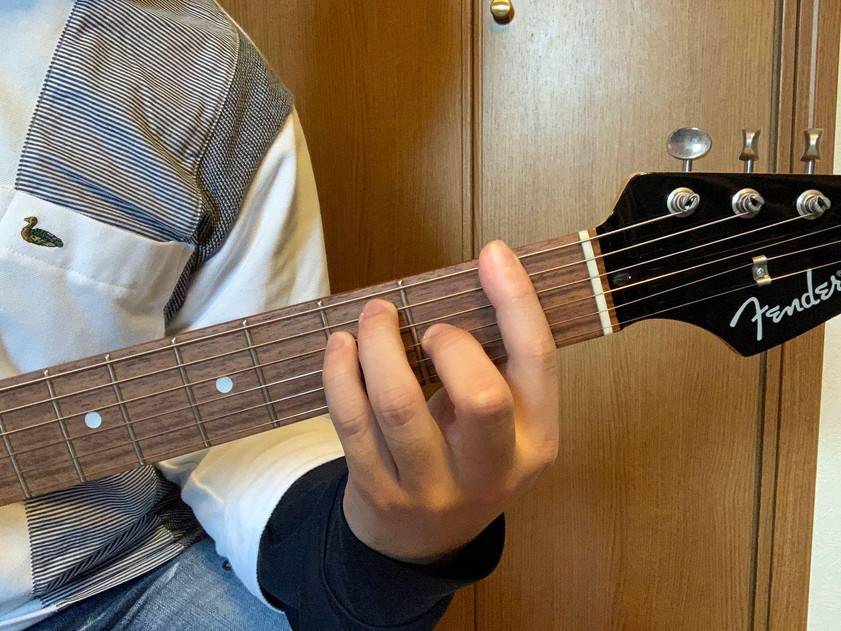
In this form, you press the E major shape using your middle, ring, and pinky fingers, while your index finger bars all six strings (technically covering the 6th, 2nd, and 1st strings).
Did you notice that this looks like a familiar chord?
That’s right—it’s the F chord!
The infamous F chord—a beginner’s worst nightmare, one of the top reasons people quit guitar, and a chord that everyone seems to hate (lol).
Tip: Use the side of your index finger
- Angle your index finger slightly, pointing your nail toward the nut (or the headstock).
- Some people mistakenly angle their nail toward the body—but it's actually the opposite side you should be using.
Make sure your fingers (other than the index finger) are standing upright and pressing the strings with your fingertips.
If your fingers are lying down, the fleshy part may touch other strings, preventing them from ringing clearly.
When you strum, it might be hard to notice if some strings aren’t sounding properly.
So, always play arpeggios (picking one string at a time) to check if every string is ringing clearly.
■ Em Shape
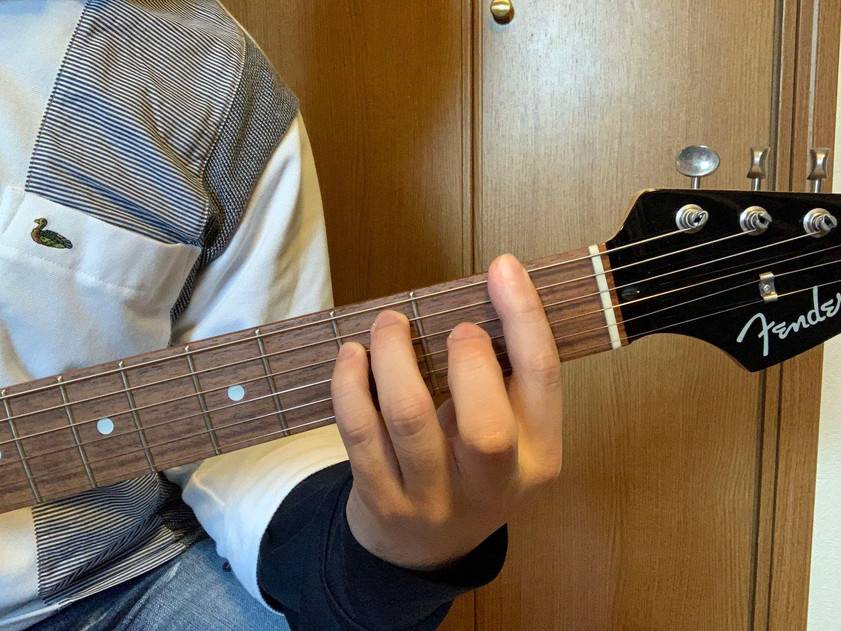
If you remove your middle finger from the E shape, it becomes Em (E minor) shape.
When you barre with your index finger in this position, you get an Fm chord.
Since one less finger is involved, this shape might feel slightly easier.
However, if you’ve been practicing the F chord extensively, the different finger positioning and angle might feel unfamiliar at first.
As mentioned earlier, make sure to play each string individually to check if they all ring clearly.
Even if you're using the side of your index finger and keeping your other fingers upright, some people may still struggle to get a clean sound.
When a chord doesn’t ring clearly on the guitar, there are usually two main reasons:
1. Not pressing hard enough
2. Your fingertip or the fleshy part of your finger is unintentionally touching other strings
If any strings aren’t sounding right, check for these two issues and adjust accordingly.
■ A Shape
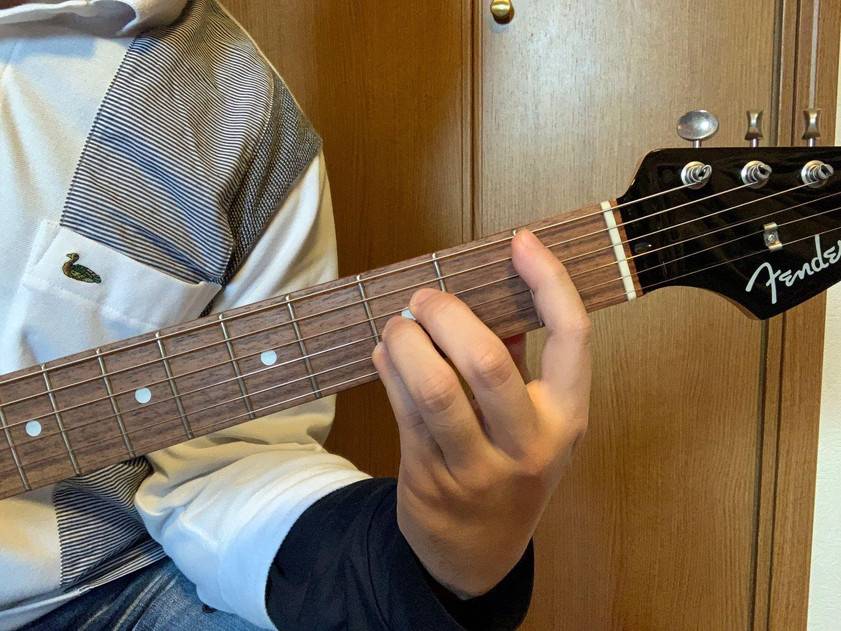
In this form, you press the A major shape using your middle, ring, and pinky fingers, while your index finger bars five strings (technically covering the 5th and 1st strings).
Unlike the E and Em shapes, which use all six strings, the A and Am shapes only use five strings.
Since the 6th string isn’t played, lightly touch it with the tip of your index finger to mute it.
When you apply this shape with a barre, it forms a B♭ chord.
Among the four barre chord shapes introduced, this A shape is probably the most difficult.
If you try to press all three fingers on the same fret as is, they might overlap or stick out.
So, you need to adjust the angle to make it work.
I say "adjust the angle in a way that feels right" because there’s no single correct way—it depends on each player.
Some people find it easier to press the strings with a steeper angle.
Others prefer minimal angling, stacking their fingers more carefully.
Try different approaches and find the one that works best for you!
■ Am Shape
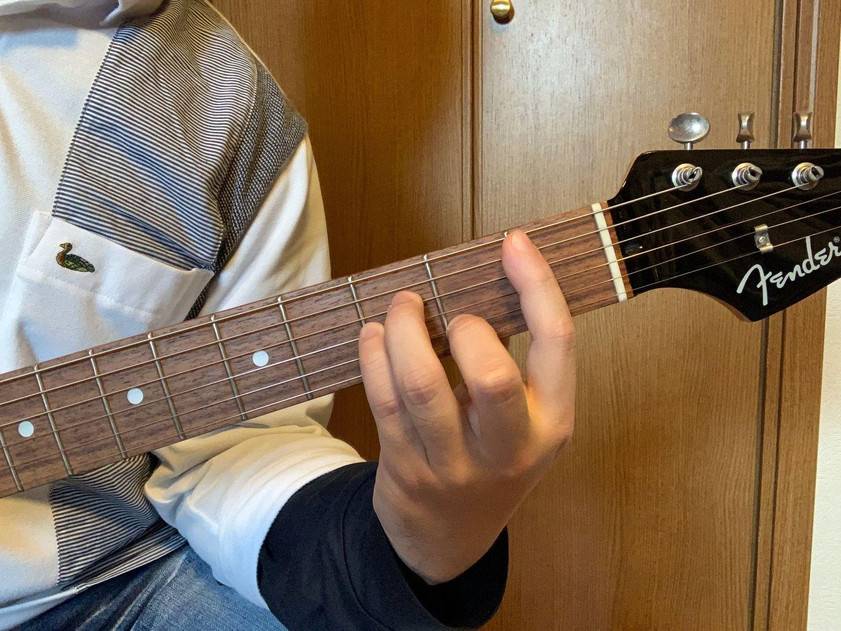
To form the Am shape, move your middle finger to the 2nd fret of the 2nd string and shift your ring and pinky fingers to the thicker strings.
It might be easier to think of it as the common Am chord with an added index finger for barring.
When played as a barre chord, this shape forms a B♭m chord.
Interestingly, the Am shape is very similar to the E shape—
except for the index finger, the other fingers maintain the exact same formation!
However, the strings being pressed are different, so be careful not to mix them up.
The key to playing this shape cleanly is the same as before:
- Use the side of your index finger
- Keep your other fingers upright
I’ve repeated this advice many times, but that’s because without these fundamentals, you won’t get a clear sound with barre chords.
Don’t push yourself too hard—just try all four shapes at your own pace!
■ Summary
We've covered some key tips for playing barre chords.
Since written explanations can sometimes be hard to grasp, make sure to closely observe images and check your form carefully!
So, why do we even need to play barre chords in the first place?
Is it just because they appear in the songs you're practicing? Or because they’re taught in method books and tutorials?
In my personal opinion, unless you really want to master barre chords or are aiming to become a professional, you don’t necessarily have to play them.
Why? Because there are alternative ways to play the same chords.
Of course, this requires some experience and knowledge of music theory, but even if you struggle with barre chords, you can still play songs by using different chord voicings.
However, barre chords offer many benefits that make the effort worthwhile.
I’ll explain more in the future, but one major advantage is that you can play multiple chords just by shifting the same shape.
For example, if you take an F barre chord and move the entire shape two frets to the right (so your index finger is now on the 3rd fret), it becomes a G chord.
If you already know how to play a G chord, try comparing the sounds—you’ll notice they’re the same!
If you want to expand your chord vocabulary, learning barre chords is highly recommended.
It will make playing chords even more fun!
Thanks for reading until the end!
The “sound & person” column is made up of contributions from you.
For details about contributing, click here.











![[Guitar Guide] How to Choose the Right Pick](/contents/uploads/thumbs/5/2022/3/20220317_5_17102_1.jpg)
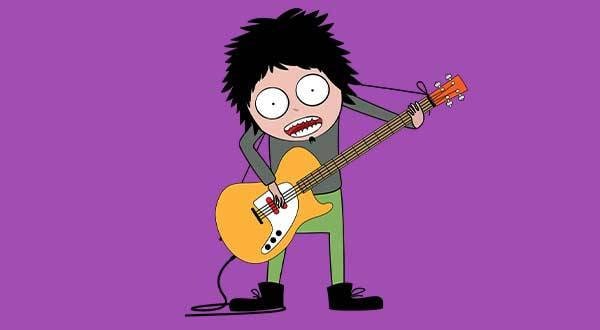
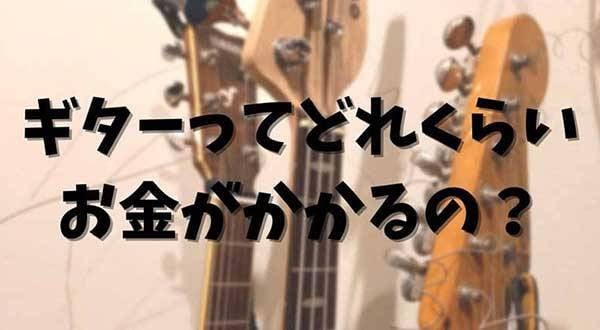
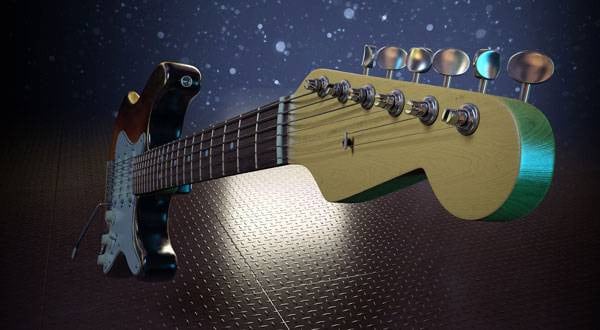
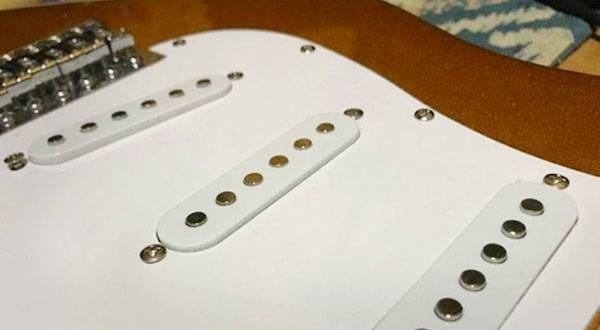
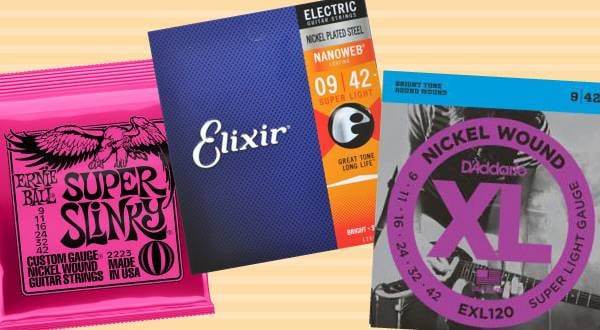
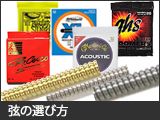 エレキギター弦の選び方
エレキギター弦の選び方
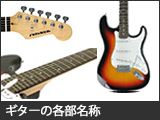 ギターの各部名称
ギターの各部名称
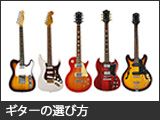 ギターの選び方
ギターの選び方
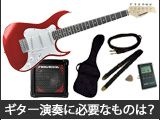 ギター演奏に必要なものは?
ギター演奏に必要なものは?
 ギタースタートガイド
ギタースタートガイド
 めちゃラク!ギター講座
めちゃラク!ギター講座















